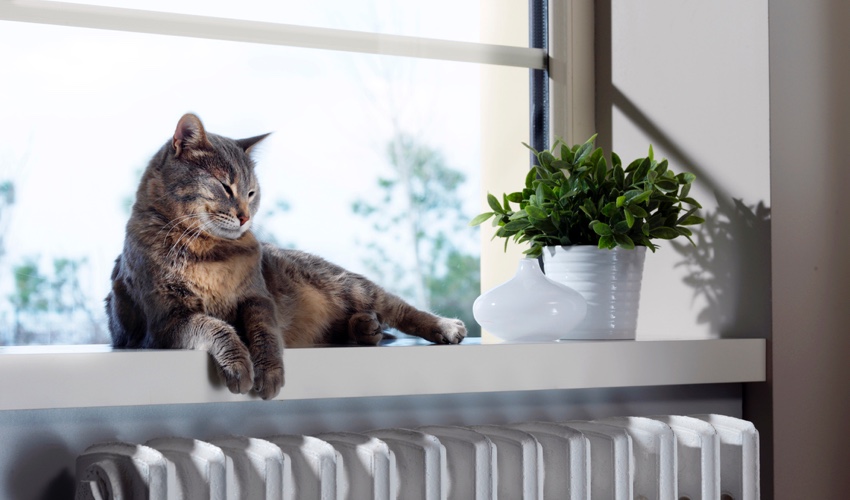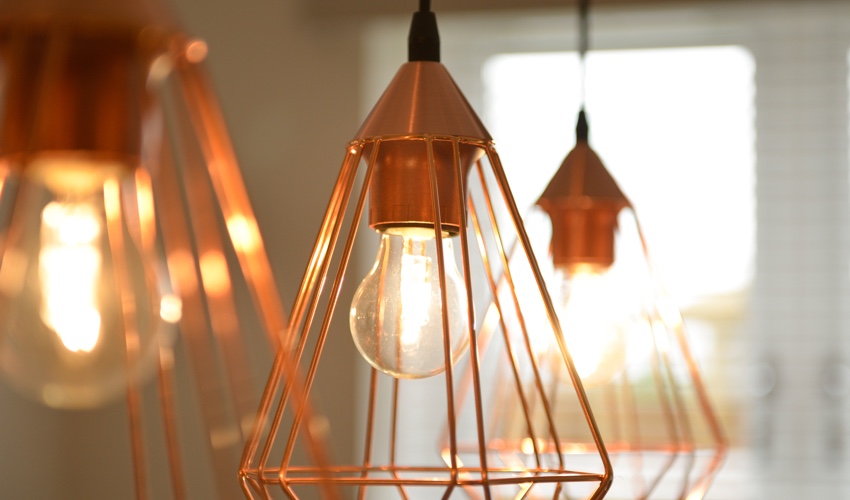Top 10 ways to make your home more energy efficient

There are two main benefits of improving your home’s energy efficiency. The first is reducing your carbon footprint, and the second is reducing your energy bills. Here are 10 simple tips that may help make your home more energy efficient.
Draught proof windows and doors
Sealing the windows and doors of your home with caulking or weather stripping is one of the most effective ways to make it more comfortable and energy efficient. Gaps around doors and windows should be weather sealed to prevent air leakage. Having tight seals assists in reducing energy usage and costs.
Check for insulation
A well-insulated home will repel heat during the summer and retain heat during the winter, thereby reducing the cost to heat and cool your home. Arrange for an experienced insulation installer to inspect your home’s roof cavity, subfloor and walls to ensure they are adequately insulated.

Reduce the temperature of your heating and cooling system
Heating and cooling systems consume large amounts of energy. Altering the thermostat temperature only marginally can result in lowering energy use. Utilise zoning settings to only heat or cool the occupied areas of your home.
Keep air filters clean
Failing to keep heating and cooling system air filters clean reduces their operating efficiency, leading to increased energy consumption. A regular maintenance program will assist in keeping heating and cooling units operating effectively and efficiently.
Use window coverings
During Summer, use blinds, shades and curtains to block the sun, and in Winter use them to keep the heat in. This will reduce the need for you to cool and heat your house.

Install low flow shower heads
Installing efficient, low flow showerheads to reduce the litres of water used per minute during a shower saves both water and energy.
Install an instantaneous water heater
Energy can be wasted constantly heating water in a storage hot water unit. Reduce energy costs by installing an instantaneous water heater which only heats water when it’s required.
Choose energy efficient appliances
Household appliances consume large amounts of energy. When updating appliances, look for the Energy Rating Label – the more stars the more energy efficient. Also consider unplugging appliances when not in use to reduce standby energy consumption.
Use modern lighting technologies
Using light-emitting diodes (LEDs) or compact fluorescent lamps (CFLs) in place of halogen or incandescent light bulbs can result in reducing lighting costs.
Use a multi speed swimming pool pump
Having a pool pump that runs at variable speeds is much more energy efficient than a pump that runs consistently at the one high speed.
This content is brought to you by Chubb Insurance Australia Limited (“Chubb”) as a convenience to readers and is not intended to constitute advice (professional or otherwise) or recommendations upon which a reader may rely. Any references to insurance cover are general in nature only and may not suit your particular circumstances. Chubb does not take into account your personal objectives, financial situation or needs and any insurance cover referred to is subject to the terms, conditions and exclusions set out in the relevant policy wording. Please obtain and read carefully the relevant insurance policy before deciding to acquire any insurance product. A policy wording can be obtained at www.chubb.com/au, through your broker or by contacting any of the Chubb offices. Chubb makes no warranty or guarantee about the accuracy, completeness, or adequacy of the content. Readers relying on any content do so at their own risk. It is the responsibility of the reader to evaluate the quality and accuracy of the content. Reference in this content (if any) to any specific commercial product, process, or service, and links from this content to other third party websites, do not constitute or imply an endorsement or recommendation by Chubb and shall not be used for advertising or service/product endorsement purposes. ©2024 Chubb Insurance Australia Limited ABN: 23 001 642 020 AFSL: 239687. Chubb®, its logos, and Chubb.Insured.SM are protected trademarks of Chubb.

Have questions?
Contact a broker today.